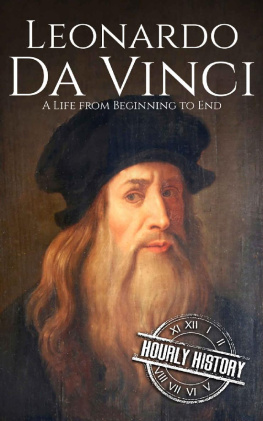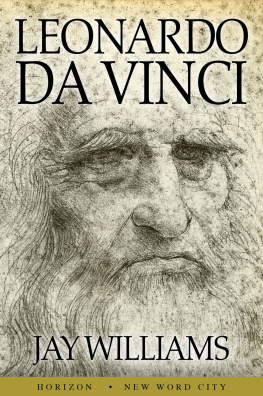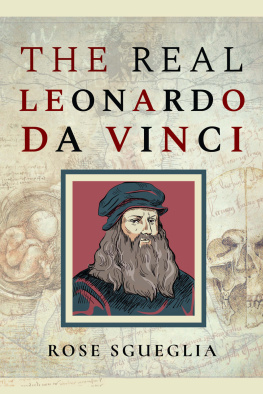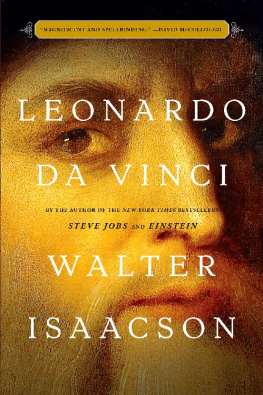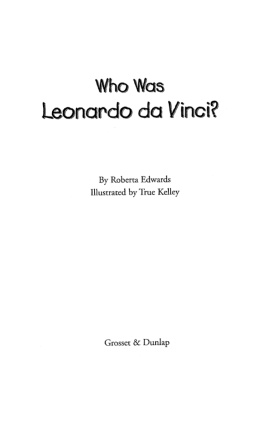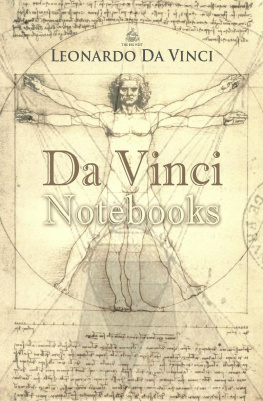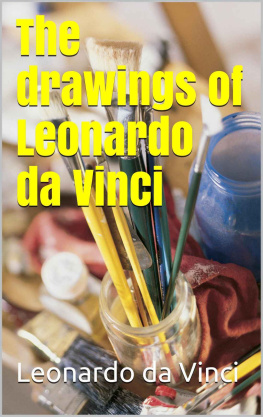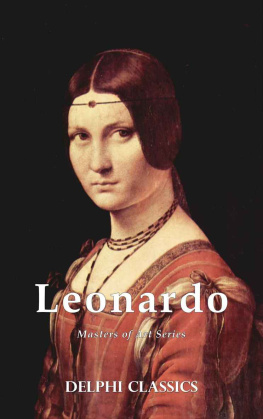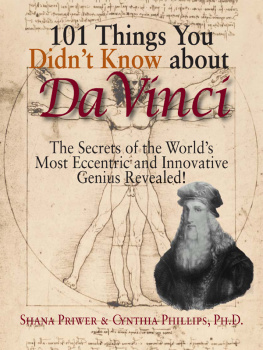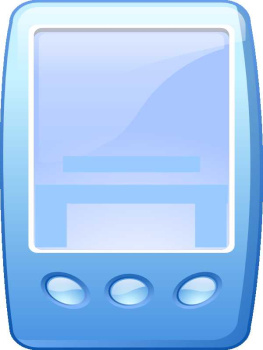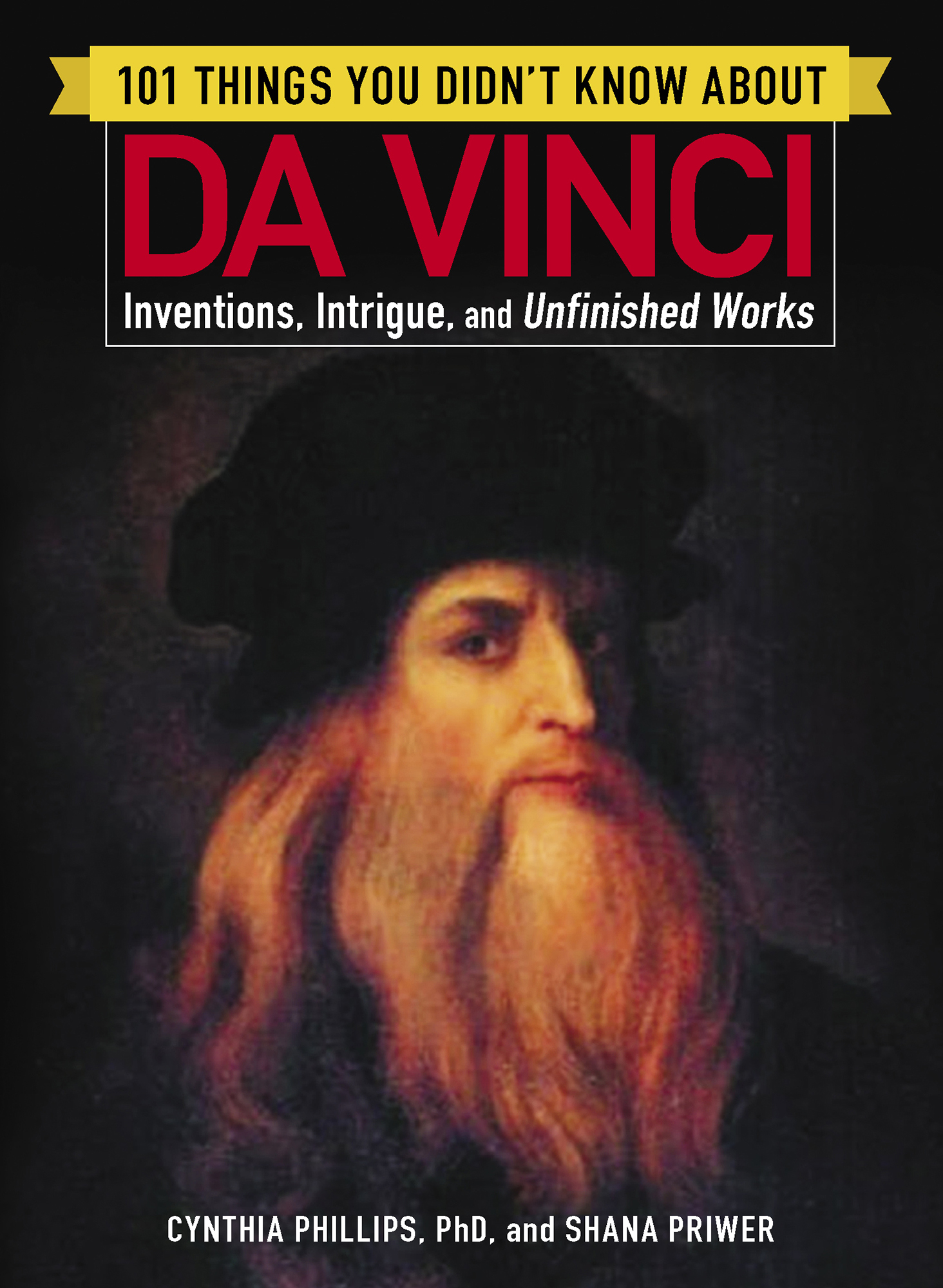CONTENTS
Guide
Thank you for downloading this Simon & Schuster ebook.
Get a FREE ebook when you join our mailing list. Plus, get updates on new releases, deals, recommended reads, and more from Simon & Schuster. Click below to sign up and see terms and conditions.
CLICK HERE TO SIGN UP
Already a subscriber? Provide your email again so we can register this ebook and send you more of what you like to read. You will continue to receive exclusive offers in your inbox.
We hope you enjoyed reading this Simon & Schuster ebook.
Get a FREE ebook when you join our mailing list. Plus, get updates on new releases, deals, recommended reads, and more from Simon & Schuster. Click below to sign up and see terms and conditions.
CLICK HERE TO SIGN UP
Already a subscriber? Provide your email again so we can register this ebook and send you more of what you like to read. You will continue to receive exclusive offers in your inbox.
INTRODUCTION
Everyones heard of Leonardo da Vincihe painted the Mona Lisa , he was the first Renaissance man, and didnt he write in some kind of code? But theres much more to Leonardo than that! Did you know that he was one of the first people to make detailed anatomical drawings? Or that he designed one of the first robots? Leonardo da Vinci was not only an amazing artist, he was also a talented scientist, inventor, and musician. Was there anything he wasnt good at? Indeed, Leonardo rarely failed at anythingexcept he did have a problem finishing what he started!
Leonardo came from less-than-extraordinary beginnings. He was born in 1452, to a young unmarried couple in the Tuscany region of Italy. Both his parents married other people and eventually had seventeen more children, but none of Leonardos half siblings went on to become particularly famous. Clearly, Leonardo was special.
By the time he was sixteen, Leonardos artistic talents were becoming obvious, and his father apprenticed him to a leading artist in Florence. When Leonardo painted a small angel in one of his bosss paintings, he did such a good job that his master supposedly took one look and swore hed give up painting forever! Leonardo certainly knew how to make an impression.
Throughout his long career, Leonardo worked for everyone from kings and dukes to warlords. He wasnt just a painter, eitherhe traveled as a military engineer with the infamous Cesare Borgia, using his genius to create machines of war. During more peaceful times, Leonardo was fond of making mathematical discoveries, investigating the secrets of the human body, and inventing parachutes. In his spare time, he even came up with plans to divert an entire river!
In spite of these endeavors, Leonardo is mostly famous today for his paintings, though only a handful of his finished works survive. Leonardo started countless projects, but finished only a few. Even the paintings he did manage to finish suffered from his constant innovation. In fact, most of Leonardos inventions werent ever builthe would come up with an amazing design, work on it for a while, and then when he was satisfied that it might work (or was just plain bored), hed move on to something else. Luckily for us, Leonardo wrote about these unfinished projects in his detailed notebooks.
Even during the Renaissance, it was clear that Leonardo was a genius. But when we look at his accomplishments today, the breadth of his talents is even more remarkable. Not only did he paint one of the most amazing and talked-about paintings of all time, the Mona Lisa , he came up with designs for a helicopter, a mechanical loom, a car, a bicycle, and a multibarreled gun!
Leonardo really is the definition of a Renaissance man: he was not just good at what he did; he was a groundbreaking innovator. Many of his designs would have revolutionized society if theyd been built during his time. Of course, that was one of Leonardos biggest problemshe was ahead of his time. Although it would have been impossible to build many of his inventions with the limited resources available during the Renaissance, when models have been built in modern times, theyve worked perfectly. Imagine what he could have accomplished with modern technology!
Fasten your seatbelts, sit back, relax, and enjoy this tour through the phenomenal accomplishments of one of the most amazing people ever to live!
PART 1
In the Beginning
ONE OF THE Renaissances favorite sons had a less-than-spectacular start in life. Born the illegitimate son of a notary and a peasant girl in a small town near Florence, Italy, Leonardo da Vinci soon rose to fame as no one else could (or did). His family, his surroundings in the Tuscan countryside, and the time of his birth all influenced Leonardos formative yearsthe early years of the burgeoning Italian Renaissance.
Because of his illegitimate birth, Leonardo didnt have to follow in his fathers footsteps. He was able to spend much of his childhood studying exactly what he wanted, rather than what he was told to; he spent years looking at and drawing the world around him. Later, Leonardos apprenticeship in Andrea del Verrocchios workshop had an enormous impact on his artistic and scientific works. Once he graduated to doing his own projects, he incorporated many of the Renaissances rapidly evolving themes. At the time Leonardo entered Verrocchios workshop, Florence was the hub of a bustling new world of intellectual expression, trade, banking, and other innovations. As Europe burst out of the stagnant Middle Ages into a flowering period full of promise, Leonardo da Vinci was at the center.
Where It All Began: Vinci, Italy
Every good story has an eventful beginning, and this one begins with the birth of a child named Leonardo in Italy, on April 15, 1452. In those days, it was customary for Renaissance Italians to take the name of their birth city as part of their full identification. And so Leonardo, by virtue of being born in Vinci, was known as Leonardo da Vinci (Leonardo from Vinci).
Vinci is located about fifty kilometers to the west of Florence, deep in the Tuscany region. Vinci is also near Pisa (home of the famed Leaning Tower), as well as Siena and Lucca. Long before the Renaissance, Vinci was home to the Etruscans and contained many ancient castles, including the Castello dei Conti Guidi (built by the noble Guidi family during the Middle Ages). The towns rolling green countryside must have been a source of inspiration for Leonardos budding artistic talent. Surrounded by such beauty, who wouldnt be moved to draw it?
However, not everyone thinks Leonardo actually came from Vinci. One theory holds Leonardo was actually born in Anchiano, a town located about three kilometers from Vinci. Why? For one thing, Da Vincis family supposedly lived there. Anchiano also boasts a farmhouse that many people think is where Leonardo first entered this world, fittingly nicknamed the Casa Natale di Leonardo (which literally means the birth house of Leonardo). Today, the farmhouse is home to a permanent exhibit of Leonardos drawings and other works. Restored in the mid-1980s, the house is decorated with many of Leonardos landscape paintingsso if nothing else, its a great place to see Leonardos work!
Even if Leonardo was actually born in Anchiano, he clearly spent much of his childhood in Vinci. Vinci today is the home of the Leonardo Museum, which occupies part of the Castello dei Conti Guidi. The castle was converted into a museum in 1953 to celebrate the five hundredth anniversary of Leonardos birth. The main exhibit includes some of Leonardos machine designs and models, including cranes, winches, clocks, and helicopters. Sketches, notes, sculptures, and other descriptions of how the machines might have worked accompany them.


